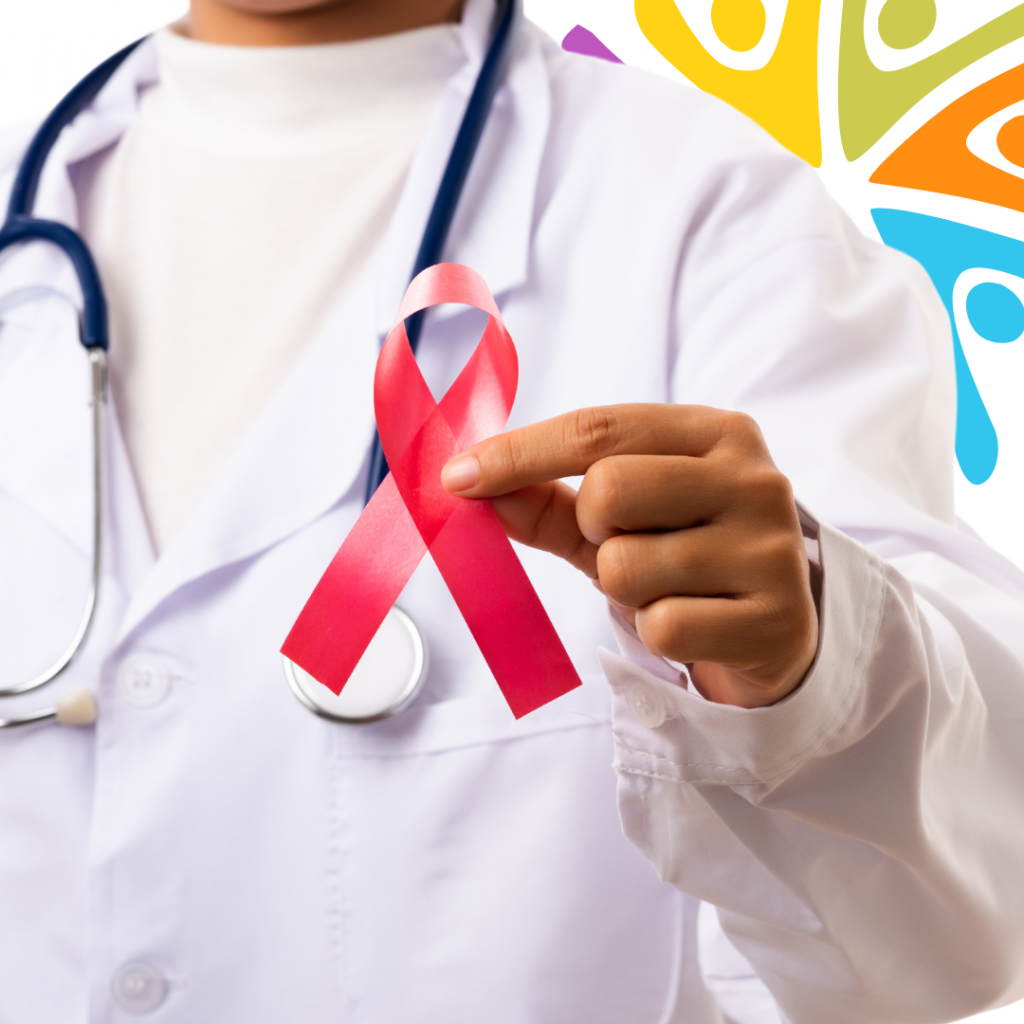HIV Services With Spectrum
Addressing Concerns

According to 2022 data by the Centers for Disease Control, an estimated 1.2 million people were living with HIV. However, for every 100 of those people living with the virus, only 87 of them knew their HIV status. That means thirteen percent of the population living with HIV are unaware of it.
who is vulnerable?
New Cases
Why Protect
the conversation
HIV Prevention: PrEP
Your provider can also recommend HIV prevention methods. Currently, using a daily pill or an injection every other month after the first two injections is available. There are other methods that are coming in the near future. This is called PrEP (Pre-Exposure Prophylaxis). PrEP is for anyone who is sexually active who wants to protect themselves from HIV, no matter their sex Assigned at Birth or sexual preferences.
HIV Prevention: PEP
Protection from HIV can also come AFTER any unexpected, unprotected sexual encounter, or accidental needle stick. This is called PEP (Post-Exposure Prophylaxis). This is oral medication that you can take for 28 days to prevent getting HIV, but it must be taken within 72 hours of any concerning sexual encounter. Either of these current methods are 96 to 99% effective in HIV prevention.

come see us for
the following services:
- HIV rapid testing and confirmatory testing
- HIV treatment and prevention services
- Behavioral health support
- Substance use disorder treatment or referral
- Sexually transmitted infection testing and treatment
- Contraception care
- Referral to financial counselor for insurance coverage of services


